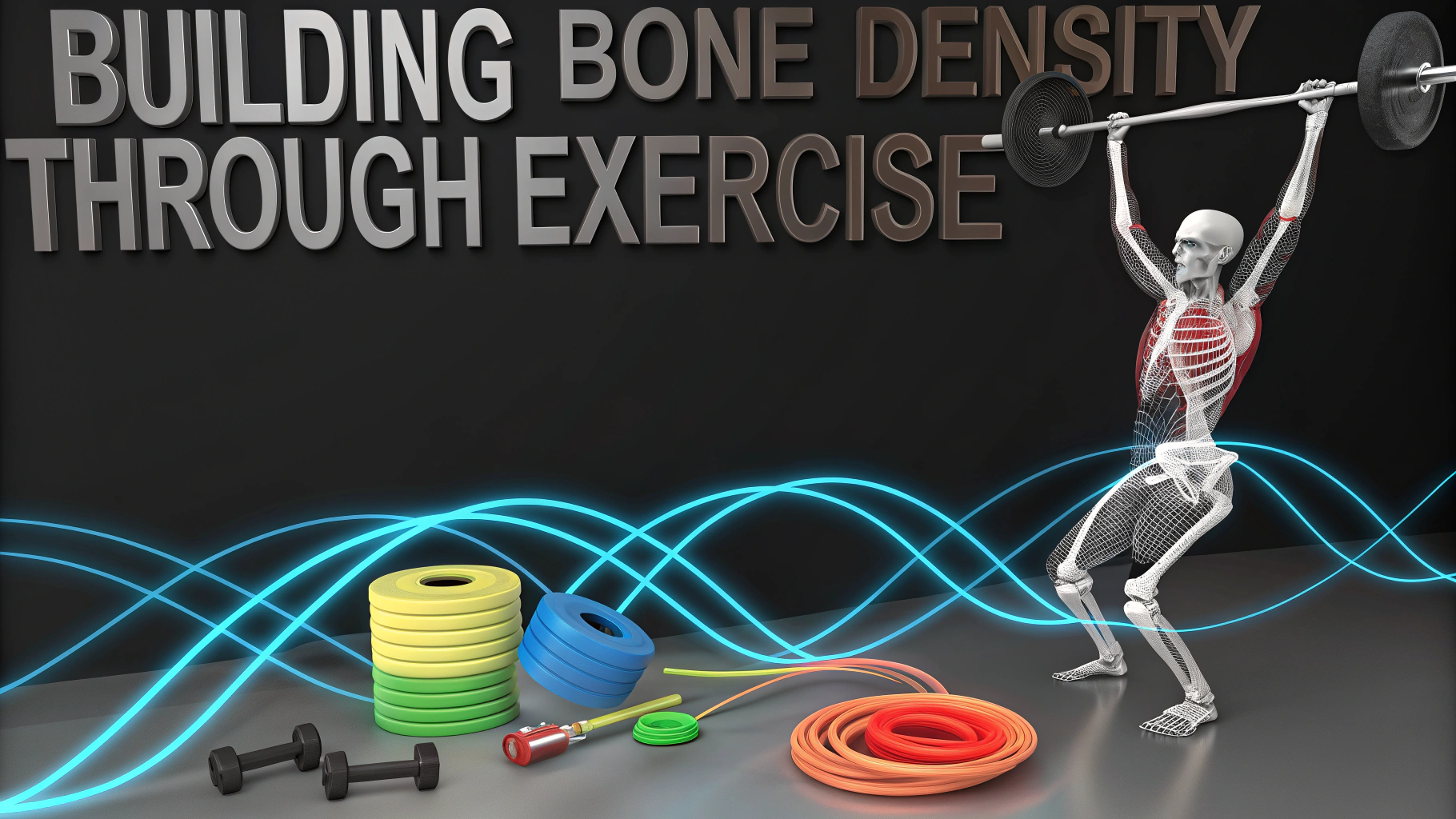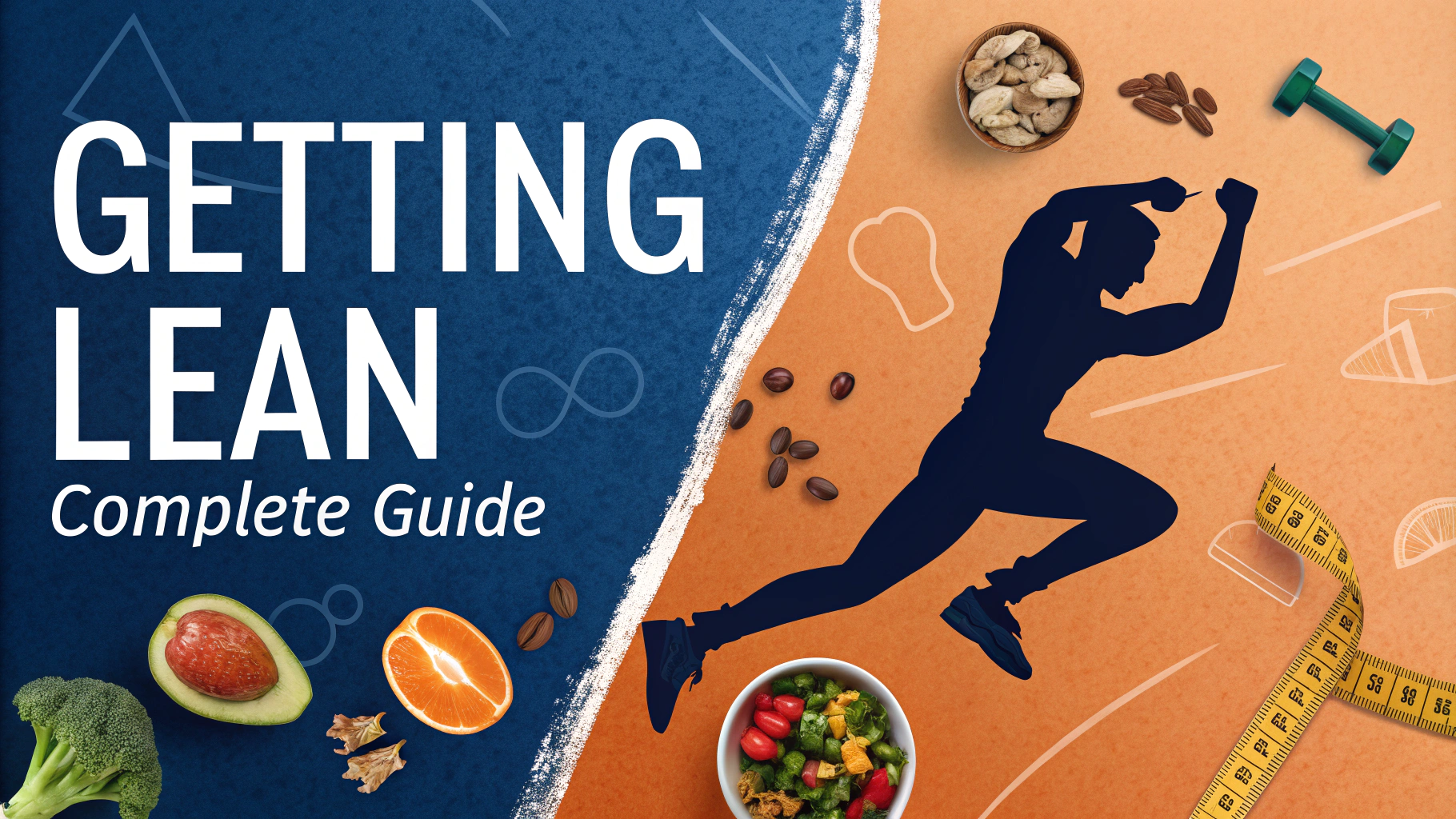High-Intensity Interval Training (HIIT) becomes more effective with strategic programming that balances intensity, recovery, and progression.
Core HIIT Principles
- Work intervals: 20-60 seconds at 85-95% max effort
- Rest intervals: Equal to or double the work period
- Total session time: 20-40 minutes
- Weekly frequency: 2-4 sessions
Sample Weekly HIIT Schedule
| Day | Activity | Intensity |
|---|---|---|
| Monday | Sprint intervals | 90% max effort |
| Wednesday | Circuit training | 85% max effort |
| Friday | Mixed cardio intervals | 85-90% max effort |
Exercise Selection Tips
Select compound movements that engage multiple muscle groups for maximum calorie burn and efficiency.
- Upper body: Push-ups, pull-ups, dips
- Lower body: Jump squats, lunges, burpees
- Core: Mountain climbers, Russian twists, planks
Progressive Overload Methods
Advance your HIIT routine using these variables:
- Increase work interval duration
- Decrease rest periods
- Add resistance or weight
- Increase movement complexity
Recovery Guidelines
Proper recovery prevents overtraining and maintains performance quality.
- Sleep: 7-9 hours per night
- Hydration: 3-4 liters daily
- Protein intake: 1.6-2.2g per kg body weight
- Rest days: At least 48 hours between HIIT sessions
Common Programming Mistakes
- Training HIIT daily
- Insufficient rest periods
- Poor exercise form during fatigue
- Neglecting proper warm-up
Track your heart rate to maintain appropriate intensity levels during workouts.
| Age | Target HR Zone (85-95%) |
|---|---|
| 20-30 | 162-181 bpm |
| 31-40 | 157-176 bpm |
| 41-50 | 152-171 bpm |
For personalized HIIT programming, consult a certified fitness professional or contact the American Council on Exercise at 888-825-3636.
Safety Considerations
HIIT’s high-intensity nature requires careful attention to safety protocols and form maintenance.
- Complete thorough warm-up (5-10 minutes)
- Scale exercises to fitness level
- Monitor breathing patterns
- Stop if experiencing dizziness or chest pain
Results Timeline
| Timeline | Expected Progress |
|---|---|
| 2-4 weeks | Improved cardio capacity |
| 4-8 weeks | Enhanced fat burning |
| 8-12 weeks | Significant strength gains |
Lifestyle Integration
- Combine with balanced nutrition
- Schedule sessions during peak energy hours
- Adjust intensity based on stress levels
- Track progress through measurable metrics
Conclusion
Effective HIIT programming requires balancing intensity with proper recovery, progressive overload, and consistent form. Success depends on careful attention to exercise selection, recovery protocols, and safety guidelines. Regular assessment and adjustment of your program ensures continued progress while minimizing injury risk.
Key Takeaways
- Follow recommended frequency guidelines
- Prioritize recovery between sessions
- Progress systematically through variables
- Monitor intensity through heart rate
- Maintain proper form throughout
FAQs
- What is the optimal duration for a HIIT workout session?
A typical HIIT session should last between 20-40 minutes, including warm-up and cool-down. The actual high-intensity intervals should total 15-25 minutes for maximum effectiveness while preventing overtraining. - How many times per week should I do HIIT training?
Due to its intense nature, HIIT should be limited to 2-3 sessions per week with at least 48 hours of recovery between sessions to prevent overtraining and allow proper muscle recovery. - What’s the ideal work-to-rest ratio for HIIT intervals?
For beginners, a 1:2 or 1:3 work-to-rest ratio is recommended (e.g., 30 seconds work, 90 seconds rest). Advanced athletes can progress to 1:1 or 2:1 ratios as fitness improves. - Should I do HIIT training on an empty stomach?
It’s recommended to have a light meal containing carbohydrates and protein 2-3 hours before HIIT, or a small snack 30-60 minutes before, to ensure adequate energy for high-intensity performance. - Can I combine HIIT with weight training in the same session?
While possible, it’s generally more effective to separate HIIT and weight training into different sessions to maintain intensity and proper form. If combining, perform weights first followed by shorter HIIT sessions. - What are the best exercises to include in a HIIT workout?
Effective HIIT exercises include burpees, mountain climbers, jump squats, sprinting, rowing, battle ropes, and cycling. Choose exercises that engage multiple muscle groups and can be performed at high intensity. - How do I know if I’m working hard enough during HIIT intervals?
During work intervals, you should reach 85-95% of your maximum heart rate, feel unable to speak more than a few words at a time, and be unable to maintain the intensity for more than 1-2 minutes. - What should I eat after a HIIT workout?
Consume a combination of protein (20-30g) and carbohydrates within 30 minutes post-workout to support muscle recovery and replenish glycogen stores. Hydration is also crucial. - Can beginners do HIIT training?
Yes, but beginners should start with modified versions, longer rest periods, and lower-impact exercises. Gradually increase intensity and complexity as fitness improves over 4-6 weeks. - How long should I wait to do HIIT after eating a main meal?
Wait 2-3 hours after a large meal before performing HIIT to prevent digestive discomfort and optimize performance. A small snack can be consumed 30-60 minutes before if needed.








